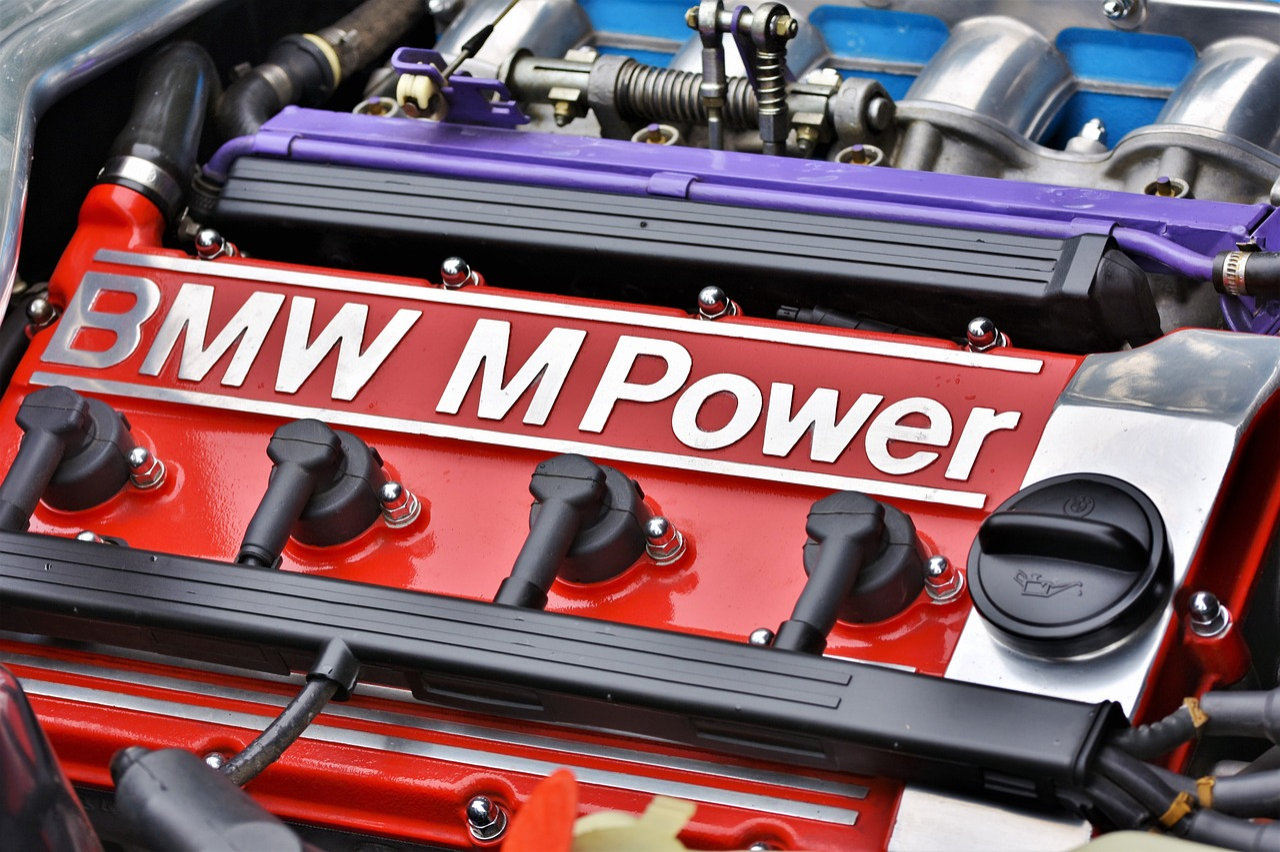Your BMW is a marvel of engineering, combining luxury and performance in a sleek, stylish package. But even the finest vehicles can sometimes encounter issues, and one of the most common is overheating. Overheating can be a serious problem if not addressed promptly, potentially leading to expensive repairs or even irreparable damage.
This article will help you understand the basics of vehicle overheating, identify the signs of this issue in your BMW, and troubleshoot the cooling system. We’ll also explore common causes like thermostat failures and provide you with tips to maintain your vehicle’s optimal performance.
Whether you’re a seasoned BMW owner or a first-time luxury car owner, this guide will equip you with the knowledge to keep your BMW running smoothly and coolly, ensuring you can enjoy your ride without worrying about overheating.
So buckle up, and let’s dive into the world of BMW maintenance and overheating solutions.
Understanding the Basics of Vehicle Overheating
You’ve got to understand that overheating can happen to any vehicle, not just your BMW, but by understanding the basics of why it happens, you’ll be better equipped to prevent it from happening in the future.
Overheating, in simple terms, is when your engine gets too hot. This can be due to several reasons, such as a problem with your coolant system, an issue with your radiator, or even just driving your car too hard in hot weather. BMW overheating causes can stem from these factors.
Your coolant system is designed to keep your engine at the right temperature. If there’s a leak or if the coolant isn’t being circulated properly, the engine could overheat. Similarly, your radiator is responsible for cooling the coolant, which in turn cools the engine. If there’s a problem with the radiator, the coolant won’t be cooled efficiently, leading to overheating.
Driving your vehicle hard in hot weather might also cause overheating. The harder your engine works, the hotter it gets. If it’s already hot outside, your engine has to work even harder to stay cool.
Understanding these can give you a head start on maintaining the perfect temperature for your luxury ride. After all, prevention is always better than cure.
Up next, we’ll delve into how to identify the signs of overheating.
Identifying the Signs of Overheating
Spotting the signs of your car’s temperature rising can be a breeze if you’re in tune with its normal behavior. However, for your BMW, there are specific signs of overheating that you need to watch out for.
One of the most obvious is a sudden increase in your car’s temperature gauge, often venturing into the red zone. This is typically accompanied by steam emanating from under the hood, indicating that the coolant is boiling over.
Another common sign is the smell of your engine overheating. This can often be described as a sweet, metallic scent. On top of that, if your BMW’s engine is running hot, the performance may also be affected. You may notice a lack of power, poor fuel economy, and even difficulty starting your vehicle.
Don’t ignore these signs. If you notice any of these symptoms, it’s crucial to stop driving and let your car cool down to prevent further damage. Once your car is cooled, you can begin to investigate the source of the heat. This will generally involve a careful examination of your BMW’s cooling system, a topic we’ll delve into next.
Troubleshooting the Cooling System

It’s vital to understand that your vehicle’s cooling system plays a pivotal role in managing engine heat, and any issues with this system can lead to your car overheating. When you’re dealing with a luxury car like a BMW, you can’t afford to take risks with its performance.
To troubleshoot your cooling system, consider these four points:
- Check the coolant level. Low coolant levels are a common cause of overheating. A quick look under the hood can help you ascertain whether this is an issue.
- Inspect the radiator. A malfunctioning radiator can’t cool the engine effectively. Look for any signs of damage or leaks.
- Assess the water pump: The water pump circulates coolant through the engine. If it’s faulty, your engine will quickly overheat.
- Examine the thermostat. The thermostat controls the amount of coolant flowing into the engine. If it’s stuck closed, it can cause your engine to overheat.
These strategies can help you identify potential issues with your cooling system. However, understanding the problem is only half the battle. The next part of the puzzle is fixing the problem, and one of the most common issues you’re likely to encounter with your BMW’s cooling system is a faulty thermostat.
Rectifying Thermostat Failures
Dealing with a malfunctioning thermostat can be quite a hassle, but there’s no need to fret; we’re here to guide you through the process of rectifying this issue.
The thermostat in your BMW operates as a valve, controlling the flow of coolant between your engine and radiator. When it fails, your engine can overheat due to the restricted coolant flow.
Firstly, identify signs of a failing thermostat. Your BMW’s temperature gauge may read high, or you may notice a decrease in your fuel efficiency. If either of these symptoms appear, it’s likely time to inspect your thermostat.
Before jumping to replacing the thermostat, though, consider getting a professional diagnosis. An experienced mechanic can differentiate between a thermostat failure and other cooling system issues that may present similar symptoms.
Replacing a faulty thermostat isn’t overly complicated and should be handled by a professional mechanic to ensure the job is done correctly. They’ll remove the old thermostat, install a new one, and then refill the coolant.
With a functioning thermostat, your BMW’s engine temperature should stabilize, preventing costly damage and keeping your ride cool.
Next, we’ll explore how to maintain your vehicle’s optimal performance, ensuring your BMW always runs at its best.
Maintaining Your Vehicle’s Optimal Performance
Ensuring the optimal performance of your vehicle is not merely a luxury but a necessity. It’s all about adhering to regular maintenance schedules and paying attention to the smallest of details.
Keeping your BMW running smoothly involves regular engine checks, prompt oil changes, and consistent coolant level monitoring. It’s also crucial to keep an eye on your car’s radiator and ensure it’s free of debris and blockages that can prevent efficient cooling.
Your BMW’s performance can also be significantly affected by air in the cooling system. If left unchecked, this can lead to overheating. Therefore, it’s essential to regularly bleed the cooling system to remove any air pockets that may accumulate. Routinely check your hoses and belts too; worn or damaged parts can lead to serious performance issues, including overheating.
While it may seem like an overwhelming task, maintaining your BMW’s optimal performance is a rewarding endeavor. It not only enhances your driving experience but also extends the lifespan of your vehicle. So don’t overlook these crucial maintenance tasks; they’re key to preventing overheating and ensuring your BMW runs like a dream.
Remember, a well-maintained vehicle is a cool-running vehicle.
Conclusion
So, you’ve learned the common causes of BMW overheating and how to address them. Remember, it’s essential to spot early signs, troubleshoot your cooling system, and rectify any thermostat failures.
By maintaining your vehicle’s optimal performance, you can enjoy your luxury ride without worrying about overheating. Keep these tips handy, and your BMW will thank you for them.
Stay cool on the road!


Comments are closed.